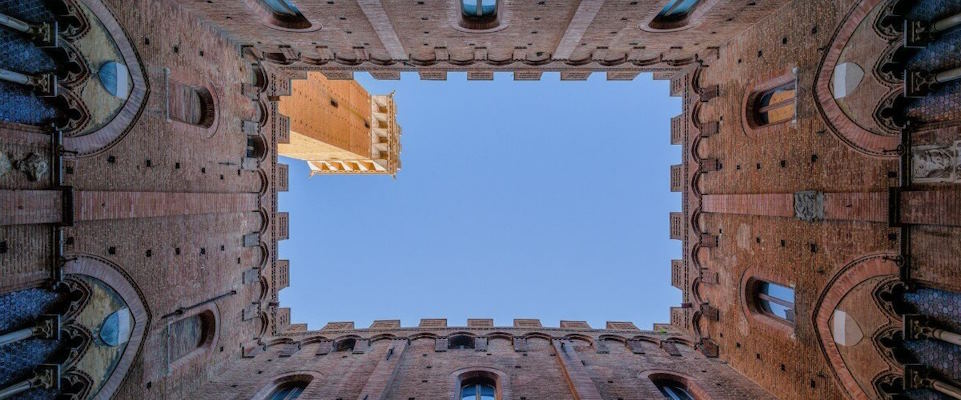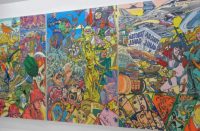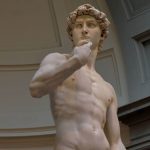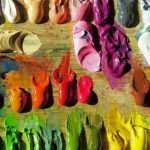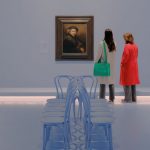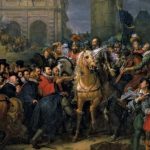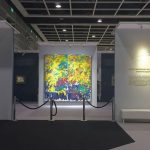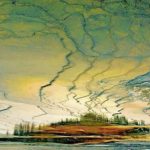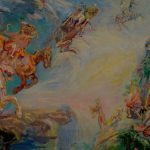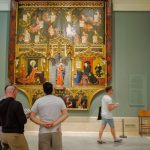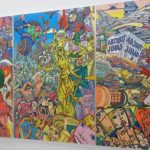Art has always been a powerful means of expression, and paintings and photographs are two distinct yet interconnected mediums that have captured the imagination of artists and viewers alike. While paintings and photographs may seem different, they share a fascinating interplay that influences and inspires each other. This article will explore the relationship between these two mediums, examining their unique characteristics, techniques, and how they inform and enrich one another.
The Creative Process and Interpretation
The creative process in paintings and photographs diverges significantly, leading to distinct forms of artistic expression. Paintings involve the application of pigments on a canvas, where artists employ brushes, palette knives, or other tools to transform a blank surface into a visual narrative. This process allows for subjective interpretation, imagination, and the infusion of the artist’s emotions, resulting in a highly personal and unique artwork.
On the other hand, photographs capture moments through the lens of a camera, freezing reality with a click. While the photographer’s objective is to document the world as it exists, they still have room for interpretation regarding composition, framing, and perspective. Photographs offer a more objective representation of reality. Yet, the artist’s choices in capturing the scene and manipulating the camera settings can add a personal touch and convey their artistic vision.
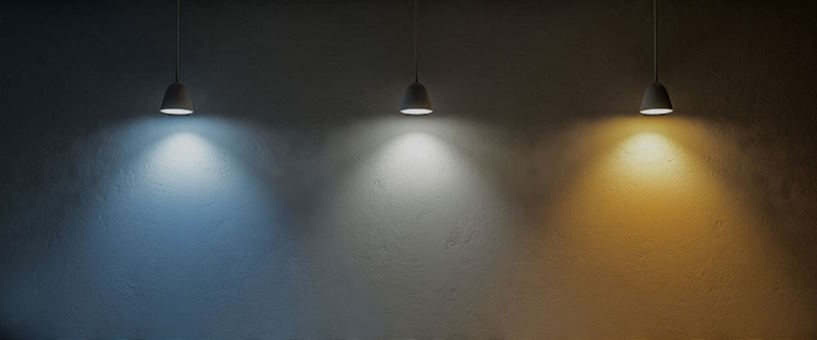
Elements of Composition and Visual Impact
Both paintings and photographs rely on composition to guide the viewer’s attention and create a visually impactful experience. Painters can construct scenes, arrange elements, and choose perspectives based on their artistic vision. They can manipulate the composition to convey a particular narrative, evoke emotions, or emphasize specific details. The artist’s control over the composition enables them to create a visual world that aligns with their imagination.
Photographers, however, strive to capture the decisive moment that encapsulates their intended message or story. They employ framing, rule of thirds, leading lines, and symmetry to create visually compelling images. The photographer’s ability to capture a fleeting moment and frame it within the camera’s viewfinder allows for conveying powerful narratives, emotions, and atmospheres.
Light, Color, and Mood
Light plays a crucial role in paintings and photographs, shaping the artwork’s mood, atmosphere, and overall impact. Painters interpret and manipulate light through colors, shading, and brushwork. They can intensify or soften the light, create dramatic contrasts, and play with shadows to evoke specific emotions or set a particular ambiance. The painter’s ability to control light adds depth, dimension, and luminosity to the artwork.

Photographers, on the other hand, work with natural or artificial light available in the scene. They harness the qualities of light, such as its intensity, direction, and color temperature, to create a desired mood and aesthetic. The interplay of light and shadow in photography can evoke emotions, from the warmth and tranquility of golden hour to the mystery and drama of chiaroscuro. Photographers can also manipulate colors through post-processing techniques, enhancing or altering the image’s visual impact.
| Aspect | Paintings | Photographs |
| Creative Process | Subjective interpretation and imagination | Objective documentation of reality |
| Elements of Composition | Constructed scenes, artistic vision | Capturing decisive moments, visual storytelling |
| Light and Mood | Interpreted and manipulated through color and brushwork | Natural or artificial light, color temperature |
| Emotional Impact | Subjective interpretation and abstraction | Raw, immediate |

